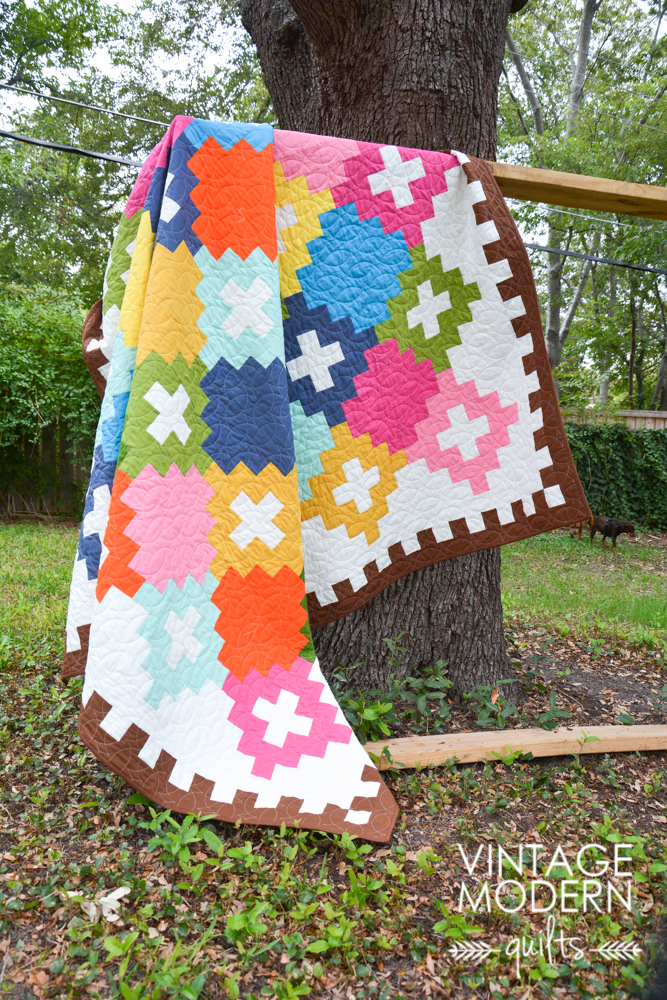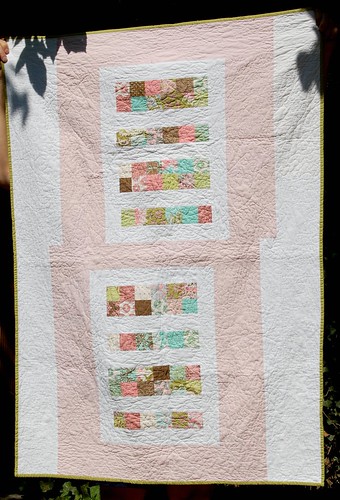How to Sew Faye as a Reversible Swimsuit for Stylish Summer Looks
Opting for a two-in-one bathing suit maximizes your options while minimizing packing space. This design allows you to switch between looks effortlessly, perfect for a day filled with sun and sand. Choose complementary colors or playful patterns that align with your personality and preferences.
Select a fabric that combines durability with comfort, making it suitable for water activities and sunbathing alike. Materials like recycled polyester or nylon ensure not only longevity but also eco-friendliness, aligning with current fashion standards. Pay attention to the stretch and support of the garment, especially around the bust and hips.
Consider features like adjustable straps or removable padding to enhance versatility and fit. These elements allow customization for different body types, contributing to a confident silhouette. A high-waisted bottom can offer a flattering look while providing the coverage many seek.
Finally, accessorize smartly to elevate your appearance. A wide-brimmed hat or oversized sunglasses can lend a chic vibe, while a lightweight cover-up transitions from beach to café seamlessly. This approach ensures you remain stylish from the shoreline to evening outings.
Selecting the Right Fabric for the Faye Swimsuit
Choose a blend containing at least 80% nylon or polyester. These materials provide durability and resistance to chlorine and salt. Look for four-way stretch options for optimal comfort and fit.
Performance Features
Opt for fabrics with moisture-wicking properties. This feature helps draw away water and dries quickly, enhancing comfort during wear. Additionally, consider UV protection ratings; fabrics offering UPF 50+ defense shield skin from harmful rays.
Texture and Feel
Select materials with a soft hand feel to prevent irritation, especially during long periods of use. Smooth surfaces ensure ease of movement while providing flattering silhouettes. Textured options can add visual interest but ensure they maintain comfort during active use.
Step-by-Step Guide to Cutting the Swimwear Pieces
Begin by selecting a high-quality fabric suitable for swim apparel. Ensure the material has enough stretch and is resistant to chlorine and saltwater. Pre-wash the fabric to prevent shrinkage after assembly.
Materials Needed
- Fabric (swim-friendly)
- Sharp fabric scissors
- Measuring tape
- Chalk or fabric marker
- Pattern pieces
Cutting Process
Lay the fabric on a flat surface with the right side facing up. Pin the pattern pieces firmly onto the material, ensuring they align correctly. Use chalk or a fabric marker to trace around the edges of the patterns, allowing for seam allowances. Once marked, carefully cut through both layers of fabric if needed, following the traced lines to maintain accuracy.
For additional precision, review measurements before and after cutting. If you are dealing with a multi-part design, label each piece to avoid confusion during assembly. Finally, store cut pieces neatly to prevent fraying.
Techniques for Sewing Reversible Swimwear
Select a stretchy, high-quality fabric that maintains its shape after washing, such as a blend of nylon and spandex. This choice will ensure comfort and durability, preventing sagging or fading over time.
Utilize a serger or overlock machine for clean seams that provide stretch without compromising the fabric. This technique prevents fraying and keeps edges intact, resulting in a polished finish.
Integrate elastic into the seams for added support. Measure the elastic carefully and stretch it evenly while sewing to avoid puckering. This method enhances fit and keeps the piece securely in place during wear.
Incorporate a double-sided design. Create identical patterns for each side, ensuring colors and prints complement each other. This allows for versatility, giving the option to switch styles effortlessly.
Apply flatlock stitching for a smooth, comfortable seam. This technique layers the fabric and stitches it together, minimizing bulk and irritation against the skin.
Consider using reducing additives, such as a fabric stabilizer, to reinforce areas that may experience more stress, like straps or seams. This extra measure enhances longevity while maintaining flexibility.
Finish raw edges with a zigzag stitch to prevent unraveling. This simple step enhances durability, especially after multiple washes.
Incorporate adjustable features such as ties or straps that allow for custom fit adjustments. This adaptability not only improves comfort but also enhances aesthetic appeal.
Incorporating Trendy Elements into Your Design
Utilize geometric patterns to add visual interest. Opt for bold shapes that create striking contrasts against solid backgrounds. Consider mixing different pattern orientations for a dynamic appearance.
Experiment with cut-outs to provide a contemporary edge. Position them strategically to enhance silhouettes while maintaining comfort. Ensure these elements remain functional and aesthetically appealing.
Integrate sustainable fabrics. Prioritize materials such as recycled nylon or organic cotton, which resonate with eco-conscious consumers. This approach not only boosts appeal but also aligns with current market demands.
Personalization continues to gain traction; offering customizable options allows customers to express their uniqueness. Provide choices in color schemes or adjustable features that cater to individual preferences.
| Trendy Element | Description | Benefits |
|---|---|---|
| Geometric Patterns | Bold shapes and designs | Enhance visual appeal |
| Cut-Outs | Strategically placed openings | Add modern flair |
| Sustainable Fabrics | Eco-friendly materials | Attract eco-conscious buyers |
| Personalization | Customizable options | Increase customer engagement |
Incorporate vibrant color palettes reflecting seasonal trends. Research popular shades each year to stay relevant, and combine complementary tones for a fresh look.
Lastly, pay attention to functionality. Design pieces that allow for movement and comfort, ensuring they suit diverse activities from lounging to swimming. Target materials and methods that enhance both style and practicality.
Tips for Achieving a Flattering Fit
Select styles with adjustable straps. They allow for customization to achieve desired support while enhancing shape.
Consider body shape when choosing coverage. High-cut designs elongate legs, while moderate coverage balances proportions.
Choose the right fabric blend. Look for combinations that offer stretch without losing support; materials like spandex provide comfort and contouring.
- Check seams for strength. Flatlock seams minimize bulk and prevent irritation, ensuring a smooth silhouette.
- Opt for patterns strategically. Dark colors can visually slim, whereas bold prints can draw attention to specific areas.
- Pay attention to bust support. Underwire or reinforced cups can enhance shape and provide needed lift.
Try on multiple sizes. Fit can vary by brand; don’t hesitate to explore different options for the best result.
- Examine the waistband. A wider band often offers better support without digging into the skin.
- Assess the overall length. Ensure the piece aligns with your torso for a satisfactory fit.
Experiment with layering pieces. Adding a cover-up can refine the overall appearance while offering versatility.
Styling the Faye Swimsuit for Various Occasions
Pair with a sheer, lightweight cover-up and trendy sandals for a beach day. A wide-brimmed hat and oversized sunglasses elevate the look, providing sun protection while adding sophistication.
Pool Party Chic
Combine a colorful sarong or kimono with stylish flip-flops for a fun poolside gathering. Accessorize with bold jewelry, like layered necklaces or statement earrings, to make a striking impression.
Resort Ready
For a luxurious vibe, layer a tailored linen shirt over the outfit and opt for espadrilles or chic slides. A canvas tote with a pop of color completes this polished resort look.
Enhance versatility by mixing and matching colors or patterns to suit specific events, ensuring adaptability throughout the summer season.
Q&A: Sew Faye as reversible swimsuit
What makes the Faye Swimsuit Pattern by Closet Core Patterns a versatile swimwear pattern for those who want both a bikini and a one-piece option in a single sewing pattern?
The Faye Swimsuit Pattern by Closet Core Patterns includes multiple views that allow you to sew a one-piece swimsuit, a bikini bottom and a bikini top, or a low-rise bikini bottom with a sporty bra top. This swimwear pattern is designed so you can get two suits for the price of one, with options that suit a variety of body types and style preferences. Its versatility makes it a favorite among sewists building a functional, stylish wardrobe.
How does the design of View A blends a high-rise bikini bottom with a scoop neckline and a slightly cheeky cut provide a flattering and sporty silhouette in the Faye Swimsuit Pattern?
View A blends a high-rise bikini bottom with a scoop neckline and a slightly cheeky cut, creating a retro-inspired yet sporty look that offers plenty of support. This combination balances coverage and style, making it ideal for active beachwear or lounging poolside. The flattering lines enhance comfort and confidence while staying secure during movement.
Why is it important to use swimsuit fabric or may also use swimsuit fabric in lieu of lining when sewing a fully lined swimsuit from a swimsuit sewing pattern like Faye?
To ensure durability, stretch, and comfort, it’s essential to use swimsuit fabric such as nylon suggested or spandex blends with 4-way stretch. In the Faye Swimsuit Pattern, you may also use swimsuit fabric in lieu of lining for a reversible option, making the suit more adaptable. Choosing quality swimwear fabric guarantees the garment will hold up in water and maintain its shape over time.
What are the benefits of following a tutorial when making Faye using a sewing pattern by Closet Core, especially for sewists new to swimwear fabric?
A tutorial offers guidance on how to sew along the seam lines, handle lycra, and construct details like the underbust seam or bikini top wit structure. For those new to working with swimwear fabric, it helps clarify techniques that ensure a smooth, professional finish. The sewing pattern by Closet Core is detailed, but pairing it with a visual or written tutorial makes making Faye more approachable and successful.
Why might someone who prefer a one-piece choose the Faye Swimsuit from Closet Core Patterns, and how does it compare to different suit options included in the pattern?
For those who prefer a one-piece, the Faye Swimsuit offers a sleek, flattering silhouette with supportive design lines and full coverage. It’s one of several different suit options included in the pattern, which also features bikini variations and mix-and-match separates. This flexibility makes it easy to personalize your suit depending on style, activity level, or fabric availability.
How can choosing sustainable swimwear materials enhance your experience when using a swim fabric from core fabrics to sew the Faye Swimsuit?
Opting for sustainable swimwear materials like recycled nylon or eco-friendly spandex from trusted sources like core fabrics allows sewists to reduce environmental impact while maintaining quality and performance. These types of swim fabric offer the same stretch and durability as conventional options, making them ideal for a long-lasting, ethical handmade swimsuit.
What makes the Faye Swimsuit pattern a budget-friendly option for DIY swimwear, especially when you can make four swimsuits for the price of one commercial suit?
The Faye Swimsuit pattern allows sewists to create four swimsuits for the price of one by using the same base pattern to mix and match styles. With options for a reversible suit, bikini variations, and full-piece looks, you only need to sew once to unlock a full range of custom swimwear that would otherwise cost much more in ready-to-wear.
Why should beginner sewists still consider using Faye over free patterns when they want access to pattern features and high-quality design in their first swimsuit?
While free patterns may seem appealing, the Faye Swimsuit offers refined pattern features like a supportive underbust, high-rise bottoms, and reversible construction that are typically not found in basic free designs. Beginners benefit from the clear instructions and tutorials that come with the pattern, making it an accessible project even if you’re new to swim fabric or sewing activewear.



